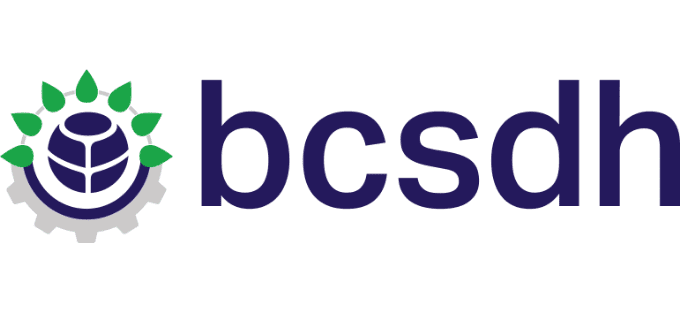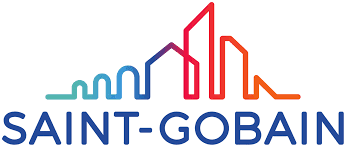Biodiversity conservation and restoration at the dolomite plant in Pilisvörösvár
“In the construction industry, we must not forget that the resources we use are provided by nature, which has been home to the evolving biodiversity over millions of years. Our mission is to shape our industrial activities with maximum consideration for this and to regard biodiversity as one of the fundamental pillars of our business strategy. That’s why we launched our biodiversity program at the Pilis dolomite mine, with the main goal of providing habitats and living space for the valuable plant and animal species found here.”
Daniel Domini, Managing Director
Company name:
Saint Gobain
Implementation year :
Continously from 2020
Focus Areas:
Biodiversity, Stakeholder, local communities
Program Objective:
The dolomite mine at Saint-Gobain’s Weber plant in Pilisvörösvár has a history of more than 120 years. The main objective of our biodiversity programme, launched at the end of 2020 as a central initiative, is to provide habitats for the valuable plant and animal species found here, and to demonstrate that biodiversity can be safeguarded and further enhanced even in the presence of mining activities.
Saint-Gobain’s strategy is to focus on the operations with the greatest potential to impact on each of its more than 650 plants worldwide. Mining operations play the most significant role in biodiversity conservation and restoration.
Program Measures and Commitments:
As a construction company operating in the Pilis Hills – on 11 hectares – the protection of our environment is crucial for us. To provide plaster, tile adhesive and other technical mortar for millions of people, mining is essential.
Our biodiversity programme was born out of corporate climate neutrality commitments. Our net zero commitments, validated by Science Based Targets, include biodiversity conservation and restoration alongside targets on waste, CO2, energy consumption, etc.
In order to start the program we have mapped the flora and fauna with the help of biologists. As a first step, we have created a permanent wetland that did not exist before, maintained and diversified our grassland by grazing, converted our explosives store into a bat sanctuary, installed bird nests, swallow nests and bee hives, and protected our protected plants.
We design all this with a systems approach to create habitats that lay the foundations for a self-sustaining ecosystem. To do this, we have created a permanent water body of nearly 2000 m2 of water surface area, where we have planted reeds and sedges, on the site of our stormwater reservoir and siltation basin. Connected to this, we created a grassland area of about 1 hectare, grazed by rack sheep. It was a challenge to preserve natural assets in an industrial environment and to create protected habitats on the farm site. The design of the grazing area and the water body had to take into account the natural conditions and had to be coordinated with the work.
Our aim was to continue mining in a way that has a positive impact on biodiversity, and we have achieved this.
Program Impact and Results:
The ecosystem of the lake is stable, and its diversity continues to increase, just like the diversity of the meadow. According to the survey in the summer of 2022, the population of Italian and tarlósáska on the grazed area was approximately 20-30 individuals per square meter. Bats used our refuge for hibernation. Our protected bird population has increased. The conservation value of our critically endangered Hungarian gurgolya population reaches 500 million Hungarian forints.
The number of species increased from 154 to 199 by 2022, and this year, it has grown to over 200 with new species. In 2023, we launched the program in Halmajugra, on the Rigips factory premises, and we aim to inspire as many companies as possible to start their own programs through presentations, articles, and factory visits.
In 2023, we were able to hold off-site natural science classes for more than 150 students and discuss the importance of biodiversity.
Related Links:
https://www.saint-gobain.hu/fenntarthatosagi-kotelezettsegeink
https://www.saint-gobain.hu/saint-gobain-biodiverzitas-program
Keywords:
conservation and restoration of biodiversity, native species, protected species

